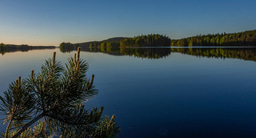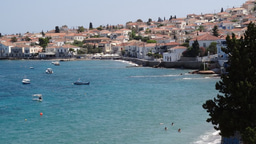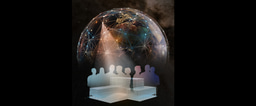Highlights from FEBS Letters _August 2017

Noncentrosomal microtubules regulate autophagosome transport through CAMSAP2-EB1 cross-talk
Calmodulin-regulated spectrin-associated proteins (CAMSAPs) are noncentrosomal microtubule (MT)-regulating proteins, which recognize the growing minus ends of noncentrosomal MTs and protect them from depolymerization. Here, the authors show that CAMSAP2 controls retrograde transport of autophagosomes. Specifically, CAMSAP2 sequesters MT plus end tracking protein EB1, restraining its plus end localization and regulating autophagosome transport. The data suggest an unprecedented role of noncentrosomal MTs in autophagy.
Excessive lipopolysaccharide (LPS)-induced toll-like receptor 4 (TLR4) signalling leads to inflammatory disorders and sepsis. Here, the authors identify an epitope of the TLR4-inhibiting antibody HT4 on leucine-rich repeat 13 (LRR13). LRR13 recognition by HT4 does not affect LPS binding but may block TLR4 dimerization. The study paves the way for antibody combination therapy to inhibit TLR4.
Tardigrades undergo anhydrobiosis to stop metabolic processes and survive conditions of extreme dessication. Secretory abundant heat-soluble (SAHS) proteins are thought to play an important role in anhydrobiosis by protecting extracellular components and/or secretory organelles. Here, the authors present the crystal structure of Ramazzottius varieornatus SAHS1. The ß-barrel structure, reminiscent of fatty acid-binding proteins, provides functional insights into SAHS proteins in anhydrobiosis.





Join the FEBS Network today
Joining the FEBS Network’s molecular life sciences community enables you to access special content on the site, present your profile, 'follow' contributors, 'comment' on and 'like' content, post your own content, and set up a tailored email digest for updates.